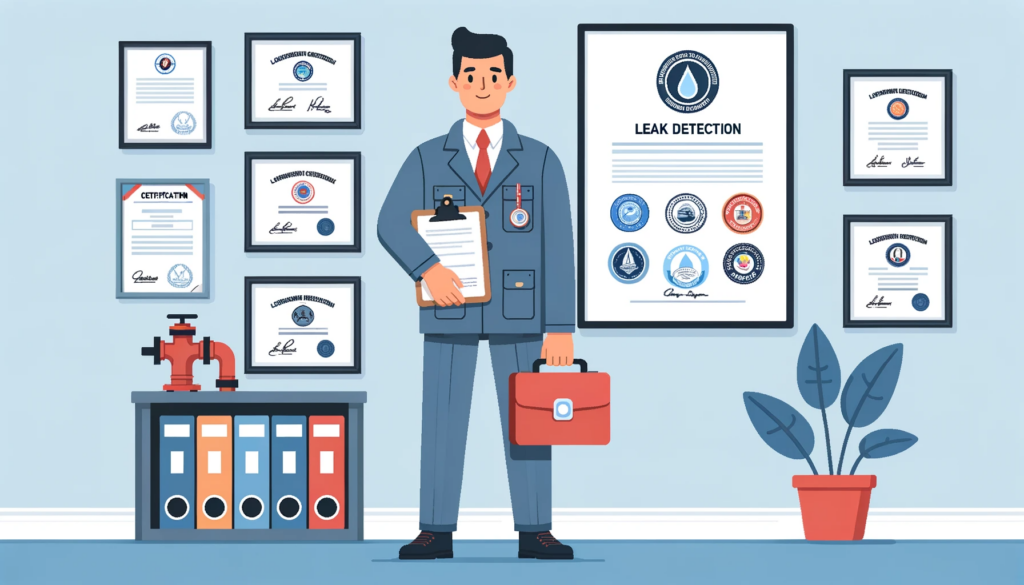
Call Today 09 973 4973 or
Gas distribution networks are complex systems that deliver natural gas from processing plants to homes, businesses, and industries. These networks play a crucial role in meeting our energy needs, but they are also susceptible to leaks, which can pose significant safety, financial, and environmental risks. This article discusses the importance of leak detection in gas distribution networks, common leak causes, detection methods, and the role of technology and professional services.
The Importance of Leak Detection in Gas Distribution Networks
Detecting leaks in gas distribution networks is essential for several reasons. From a safety perspective, gas leaks can lead to fires or explosions if the gas encounters an ignition source. They can also cause carbon monoxide poisoning, a dangerous condition that can lead to severe health effects or even death. Financially, gas leaks result in lost revenue for utility companies and higher bills for consumers. Furthermore, methane, the primary component of natural gas, is a potent greenhouse gas that contributes to climate change.
Common Causes of Gas Leaks in Distribution Networks
Gas leaks in distribution networks can occur due to various reasons, including aging infrastructure, faulty installations, external interference (such as construction activities), and natural phenomena like earthquakes. These factors can lead to cracks or breaks in the pipelines, allowing gas to escape.
Leak Detection Methods in Gas Distribution Networks
Various methods are employed to detect leaks in gas distribution networks. These include:
- Gas detectors: These devices can detect trace amounts of natural gas in the air. They are often handheld and used by technicians to identify the presence and approximate location of a leak.
- Acoustic sensors: These sensors can pick up the sound of gas escaping from a pipeline and are often used in conjunction with other leak detection methods.
- Optical gas imaging cameras: These specialized infrared cameras can visualize gas leaks, providing a visual confirmation of a leak and aiding in pinpointing its location.
- Remote sensing technologies: These include satellite and aerial surveys that can detect methane emissions over large areas, useful for monitoring extensive pipeline networks.
The Role of Technology and Professional Services
Advanced technology plays a crucial role in leak detection in gas distribution networks. For instance, new remote sensing technologies and artificial intelligence algorithms can detect and locate leaks more quickly and accurately than ever before, reducing the time and cost of leak detection activities.
Professional services, including trained and experienced technicians and engineers, are vital in this process. They have the knowledge and skills to operate advanced detection equipment, interpret the data collected, and perform necessary repairs or maintenance tasks.
Leak detection in gas distribution networks is a critical aspect of maintaining safe and efficient operations. It protects people and the environment, prevents financial losses, and ensures the reliable delivery of gas to end-users. By leveraging advanced technology and professional services, gas distribution companies can manage and mitigate the risks associated with gas leaks.
Suppliers




